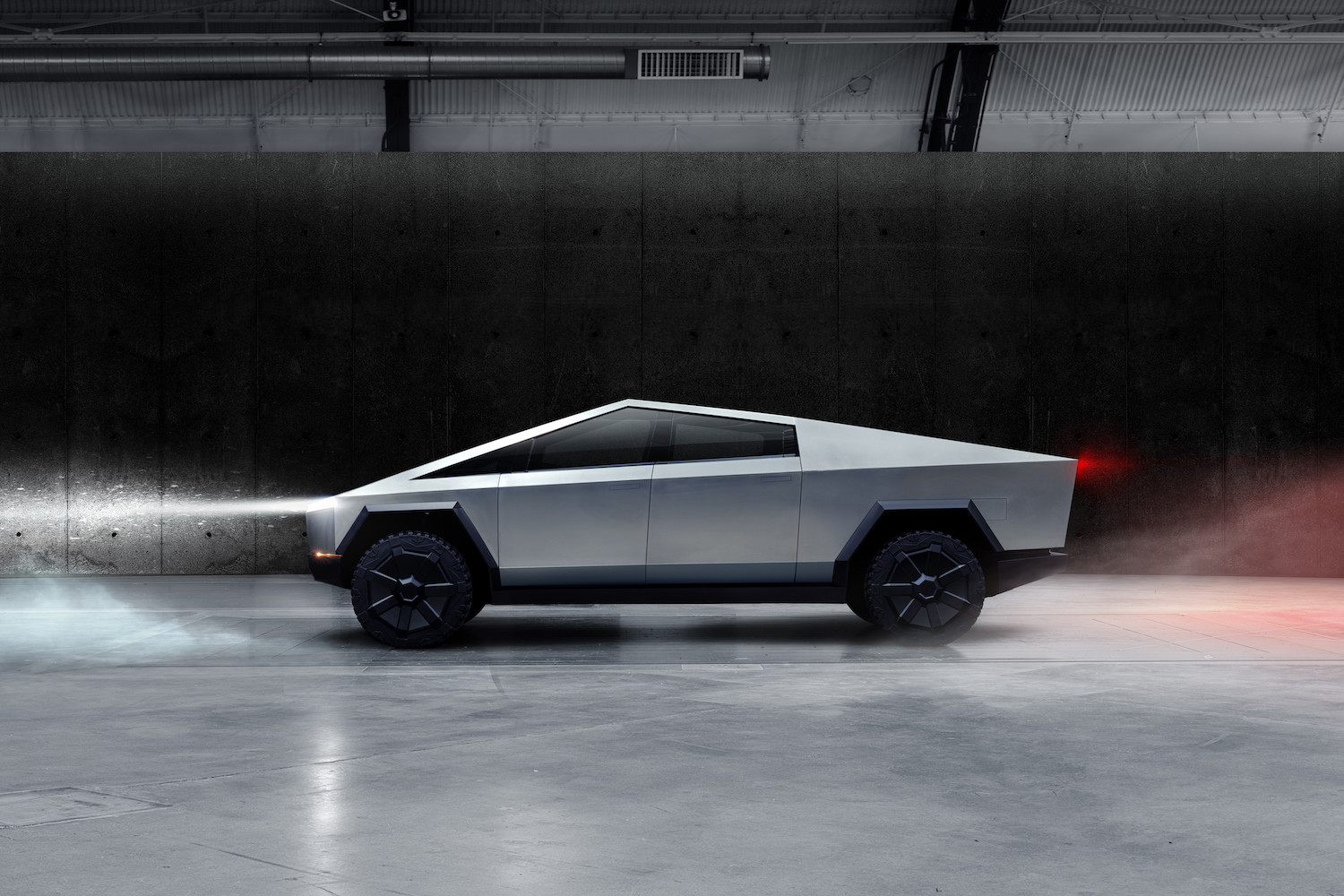
The concern surrounding Tesla’s pre-production Cybertruck problems may be misplaced, according to one automotive authority. After five high-profile delays and over four years of waiting, numerous sites, commenters, and even Elon Musk himself have all pointed out problems with the pre-production vehicle. One recent issue, which may have caused the most recent push-back of the truck’s production date, relates to panel gaps on the polygonal EV.
Auto expert Sandy Munro seemed dismissive of this, telling Insider: “With prototypes, they’re not as fussy about panel gaps and things like that — so you can’t really throw rocks at that.”
Prototypes all have different purposes, and one designed to test out something like range, comfort, or all-round drivability wouldn’t need to be aesthetically perfect. Munro added that he would expect about the same amount of progress from other car companies in this stage of pre-production.
However, this is Tesla we’re talking about, and that company has developed a reputation for lax quality control in recent years. Munro’s words would hold more weight had Tesla customers not received vehicles with misaligned or mismatched panels in recent years. Apparently, the issues with Tesla’s electric truck prototypes go beyond a few panel gaps.
Abandoned #cybertruck on 580 in #richmond @elonmusk ?? pic.twitter.com/Zusyzdnr3L
— Chase Pennington (@ReverendCP) October 7, 2023
“Release Candidate” Tesla Cybertruck spotted broken down
Tesla’s Cybertruck prototypes may have a few reliability issues. A “release candidate” Tesla Cybertruck prototype was spotted broken down at the roadside with its hazard lights blinking early in October. One Reddit user captured the broken-down EV on film and posted the footage online.
The same broken-down vehicle was spotted and documented by users of Elon Musk’s social media platform X (formerly Twitter) — this time cloaked in a tarp. It is unknown what caused the issue. It could be something as simple as running out of juice. The hazard lights could still be powered by the 12-volt lead acid battery all EVs have, even if the lithium-ion batteries that drive the vehicle were dead. Or it could be something more serious, such as a motor failure or a malfunction with another vital component. We don’t know, and Tesla is unlikely to say.
Tesla wants to get things right before shipping what may be their most hyped vehicle ever to customers, and that is commendable. However, the delays in Cybertruck production are getting a bit ridiculous. Between the bodywork issues and the seemingly hit-and-miss reliability, the truck could still be a long way off. Whether this is a few final kinks, or an indicator of a deeper problem, one thing is certain. The Tesla customers who excitedly slapped their money down in 2019 are still electric-truck-free heading into 2024 — and they’ve got EV truck alternatives.



